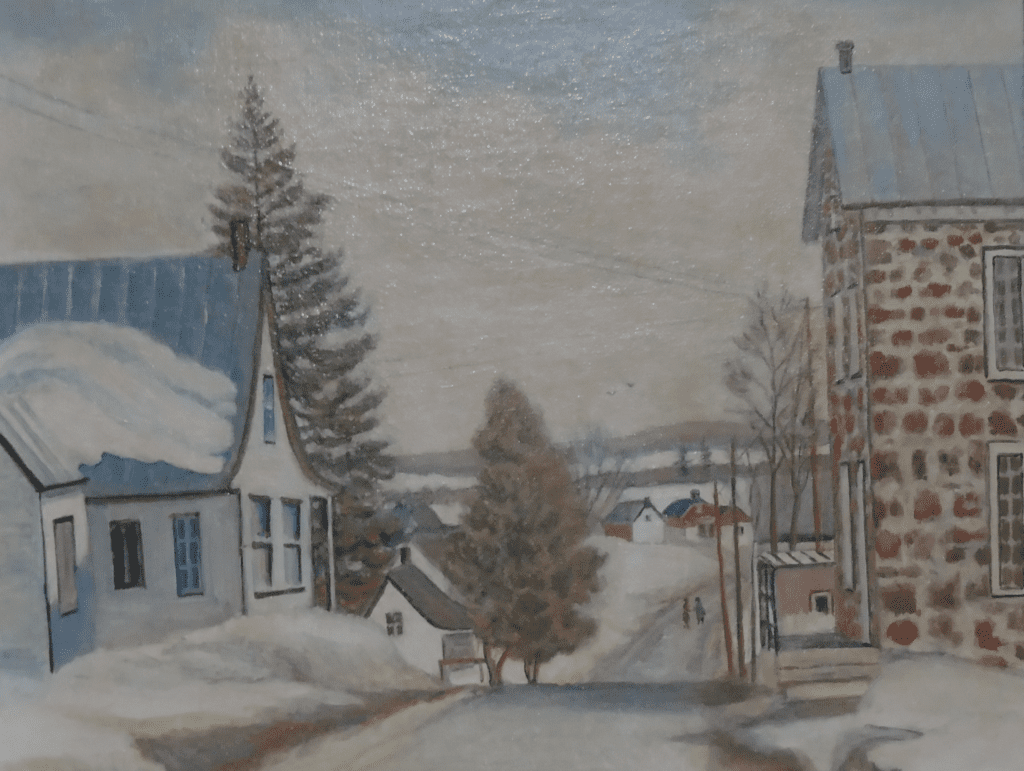The Canadas of 1811

The British colony was divided into two distinct sectors by the Constitutional Act of 1791. Upper and Lower Canada, divided by the Ottawa River. Each sector had a Governor, an Executive Council, Legislative Council and a House of Assembly. These bodies were appointed by the king, Governor and Executive Council’s term being indefinite; the Legislative Council was appointed for life. This latter council served as legal advisers to the legislature.
Settlement in the Canada’s was strongly encouraged by the British government. One reason being British settlers annually used $40 worth of British imports to the colonies, 2/3 more than the average British subject required if he remained at home. This fact was very interesting to a country on the brink of bankruptcy due to a prolonged war with France as well as the consequences of the ongoing Industrial Revolution.
Another strong influence was the fear of invasion by the newly formed United States. There was a well grounded fear that these newly independent colonies had an eye on their neighbour to the north. It was essential for Britain to have a ready population if an invasion arrived.
The main towns of Lower Canada were Quebec City with a population of 15,000, Montreal with approximately 11,000, Trois Rivières with a little over 1000, population and William Henry (Sorel) with less than 2000 people.
In Rawdon several land grants were given to military personnel (or their widows) stationed at William Henry possibly in the hope these people would be interested in settling on their granted land. None of these grantees settled in Rawdon. The land was sold to others wishing to settle in the area.
In accordance with the 1757 agreement, Quebec Civil Law was based on the French Legislation but Criminal Law was of English origin. Lower Canada was divided into five legal circuits, Berthierville being the seat for the Rawdon area.
At this early stage the Church of England in the Canadas was governed by the Lord Bishop of Quebec. In Lower Canada the Lord Bishop had one archdeacon with some 30 clergymen and a like number of churches under his jurisdiction.
The Church of England was supported by parliamentary aid as well as the Church Missionary Fund. The Rev. Burton, the first clergyman in Rawdon, was sent by the Missionary Society.
In the new country government funding through taxes and duties were minimal. There was a 2% import duty, and a 5% duty on liquor. Anyone selling liquor, tavern keepers, and pedlars were subject to an annual licensing fee. Other government revenue was from fines and the sale of crown lands.